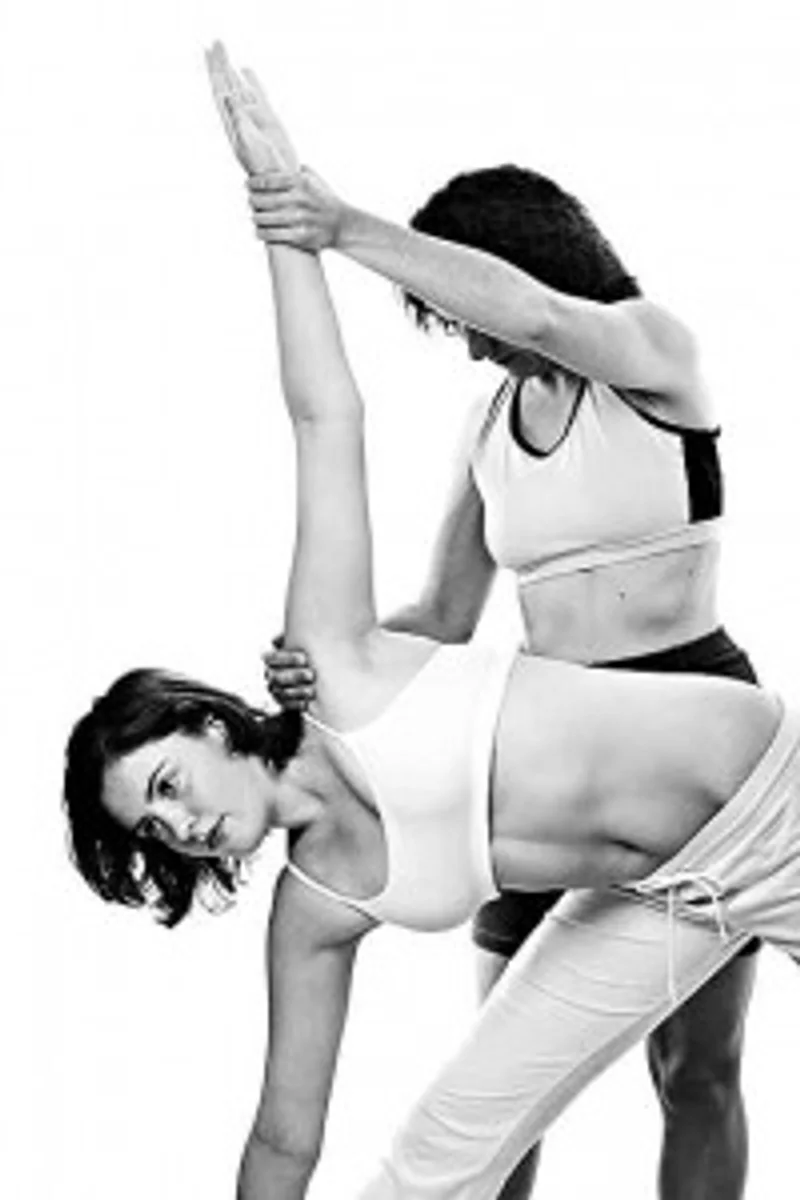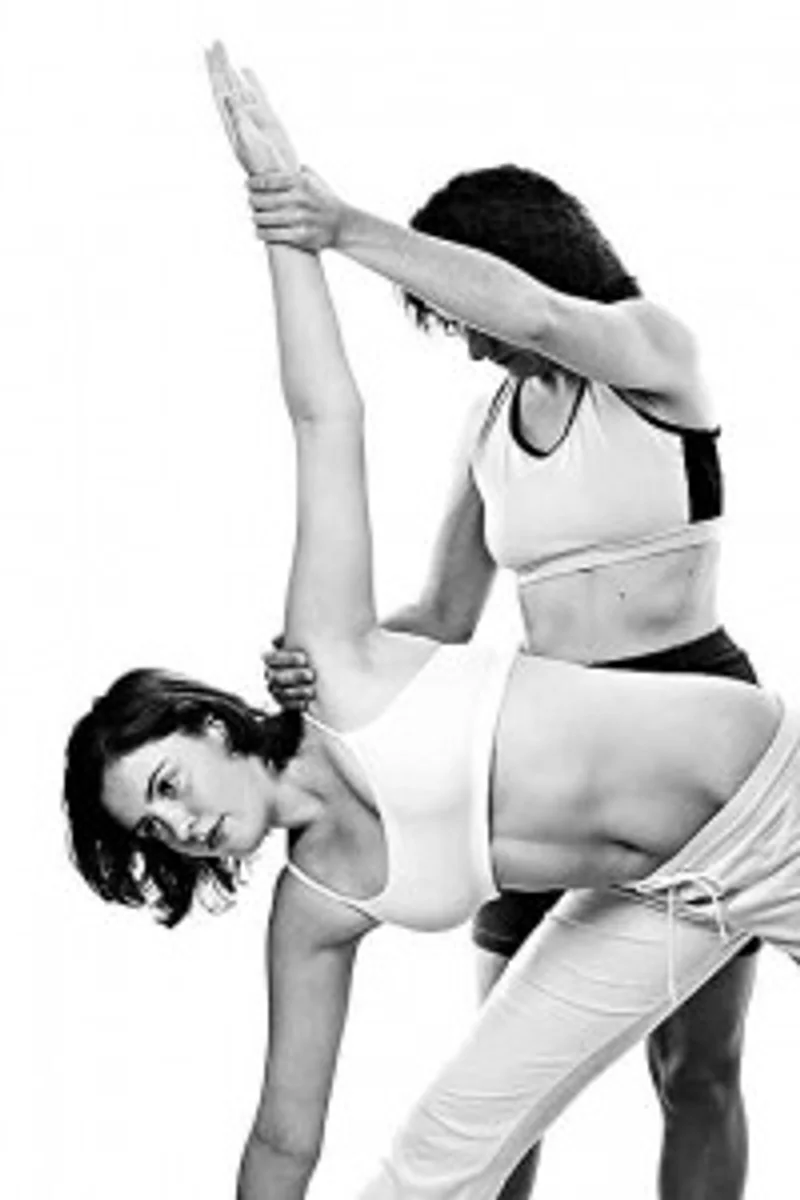
Five Ways towards Becoming a Yoga Instructor
There are as many choices in yoga instructor training programs as there are yoga poses. There are weekend programs, destination workshops, continuing education and specialty courses. The most important consideration before committing time and money in a yoga instructor certification program is to think about where and who you will teach after the completion of the program. Yoga instructor programs are not inexpensive and and cost hundreds, even thousands of dollars. Choosing a program thoughtfully is the key to success and satisfaction when thinking about becoming a yoga instructor. Will you teach at a yoga studio or fitness center? Do you want to teach a special population such as children or adults battling an illness? Do you plan on integrating your yoga training into your existing profession as a school teacher or therapist or other professional? Or are you a serious student interested in deepening your practice? No matter what your purpose, yoga instructor training is a serious commitment. Here are five ways you can become a yoga instructor: 1. If you are interested in teaching at a yoga studio, research local yoga studios with RYT-200 hour programs. RYT stands for Registered Yoga Teacher. Upon completion of a two-hundred hour training program, you can register with Yoga Alliance, the official registration body for the yoga instructor community. All two-hundred hour programs include a mixture of class lecture, hands-on training, homework and yoga class observations. Prospective yoga instructors can expect to learn anatomy, breathing techniques, lesson planning, yoga history and proper pose alignment. Since every school has its own style, it is important to research curriculum and style. A great place to start is at the yoga studio where you currently practice yoga as a student. The Yoga Alliance website provides a full listing of registered Yoga schools searchable by zip code, yoga style and teacher. To remain registered with Yoga Alliance you will need to invest in Continuing Education and Training classes. You can also consider working on your RYT-500 hour training, which can elevate you as a senior, experienced teacher. 2. If you to teach children’s yoga or prenatal yoga, consider entering a specialty program with a registered Yoga Alliance school. For teaching children, the Yoga Alliance requires teachers to complete a 200-hour training program plus an additional 95-hour training program with a Registered Children’s yoga school. Potential children’s yoga instructors should also have at least 30 hours of teaching experience with children. The requirements are similar for prospective prenatal yoga instructors. 
About the Author
trishadkins is a contributor to Yoga Simple, sharing insights and experiences to help you on your yoga journey.
Related Posts

Relax, Release, Repeat: Yoga for Stress Relief
In today's fast-paced world, stress has become an unwelcome guest in many people's lives. While a certain amount of stress is a part of life, chronic stress ca...

Finding Your Flow: Choosing the Right Yoga Style for Beginners
Starting your yoga journey can seem like navigating through a sprawling garden, abundant with different paths. Each path represents a unique style of yoga, and...

Healing Mind and Body: The Mental Health Benefits of Yoga for Beginners
If you're just dipping your toes into the vast, peaceful ocean of yoga, you're in for a surprise. Yoga is more than just a physical workout—it's a holistic pra...